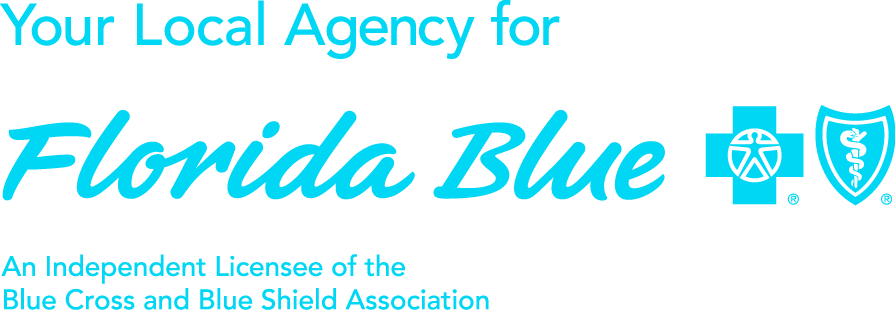Pet Insurance is a Great Idea Here is some pet insurance information

What Is Pet Insurance?
If you buy insurance for your pet, expect to pay about $40 a month or less than $500 yearly for a basic policy. In exchange, your pet can receive emergency care that would cost hundreds or even thousands of dollars out of pocket without insurance. Many pet policies cover expensive treatments such as surgery, radiation therapy for cancer, and prescription medications.
Some policies also provide preventive care such as vaccines and well visits. However, many insurers do not cover pets that have existing health conditions, such as hereditary problems.
Even if your pet never gets sick or has an injury that requires you to use pet insurance, coverage may give you peace of mind. Otherwise, you could end up with a costly bill or a difficult decision if a medical situation arises with your dog or cat.
How Does Pet Insurance Work?
Usually, you pay a monthly premium for your pet’s coverage. Then, after a qualifying vet visit, you can submit receipts to your pet insurance company for reimbursement. Most pet insurance companies deposit funds directly into your bank account, but some send a reimbursement check.
After you pay the initial premium, you can file a claim when your pet needs care. Many insurers have a waiting period of a few days before your pet’s coverage starts. Some policies have a deductible of up to $1,000. In this case, the insurance company will only pay for eligible care after you reach the deductible amount.
When you submit a claim, the policy will reimburse you the established percentage, usually 50 to 90%. Your pet’s care may be subject to an annual cap. In this case, you would have to pay out of pocket for care that exceeds this maximum amount.
How Do You Choose the Best Pet Insurance for You?
Look for a policy that covers your pet’s unique health needs. For example, you might seek coverage for dental care, pre-existing conditions, hereditary or breed-based conditions, or behavioral issues. You might want a wellness policy to cover a new puppy or kitten through adulthood. Review the available coverage when you consider a pet insurance company.
Some insurance companies have add-on coverage to enhance basic pet policies. You can often purchase supplemental insurance for exam fees, prescription medications or food, or vaccines and other types of routine care.
The cost of pet insurance varies based on several factors. You will generally pay more if you live in an urban area than in a rural area. You can save by purchasing insurance in your pet’s younger years. Your premium will generally cost more if you have a dog, a larger breed, or a male pet.
Providing detailed information will help you get accurate quotes from pet insurance companies. You will need your dog or cat’s medical history, age, and breed, as well as your address and other requested personal details. Most pet insurance providers let you get a coverage quote and administer claims for care online.
FAQ
Is pet insurance accepted everywhere?
You can typically use pet insurance at any veterinary clinic, because most policies require you to pay out of pocket. You handle the reimbursement for the cost of care directly through your insurance provider. The veterinary office does not participate in this process beyond providing receipts for your pet’s visits. Some insurance policies give discounts for using partner vet practices in their networks.
What does pet insurance cover?
Each policy outlines its own coverage terms. Generally, pet insurance covers costs related to accidents or illnesses, such as diagnostic tests, medications, surgeries, and treatments. Some plans also cover hereditary conditions for breeds prone to these issues, behavioral issues, preventive care, and chronic health problems such as diabetes.
What is not covered by pet insurance?
Most pet insurance policies do not cover preexisting conditions. You cannot file a claim for treatment your dog or cat needed before you bought the policy. In addition, insurance will not cover anything outside your policy terms. Carefully read the fine print so you buy a policy that covers the types of treatment you expect your pet will need over a lifetime.
When should you buy pet insurance?
Purchasing insurance when your pet is young costs less than buying a policy for an older pet. It also ensures that you will be covered for medical issues that arise later in a pet’s life. If you wait until your pet becomes sick or injured, you will not be eligible to buy insurance and will have to pay the vet bills out of pocket.
‹ Back





